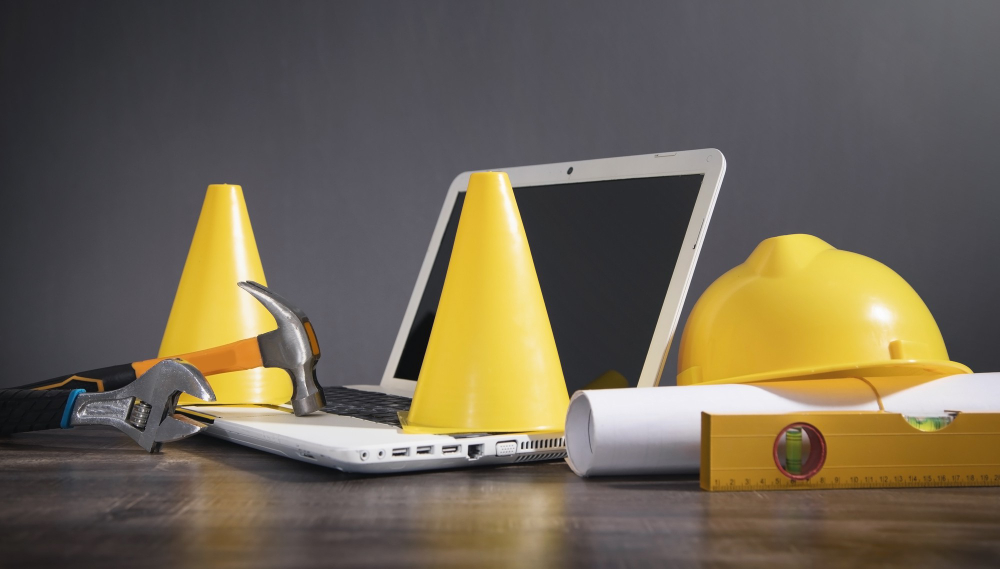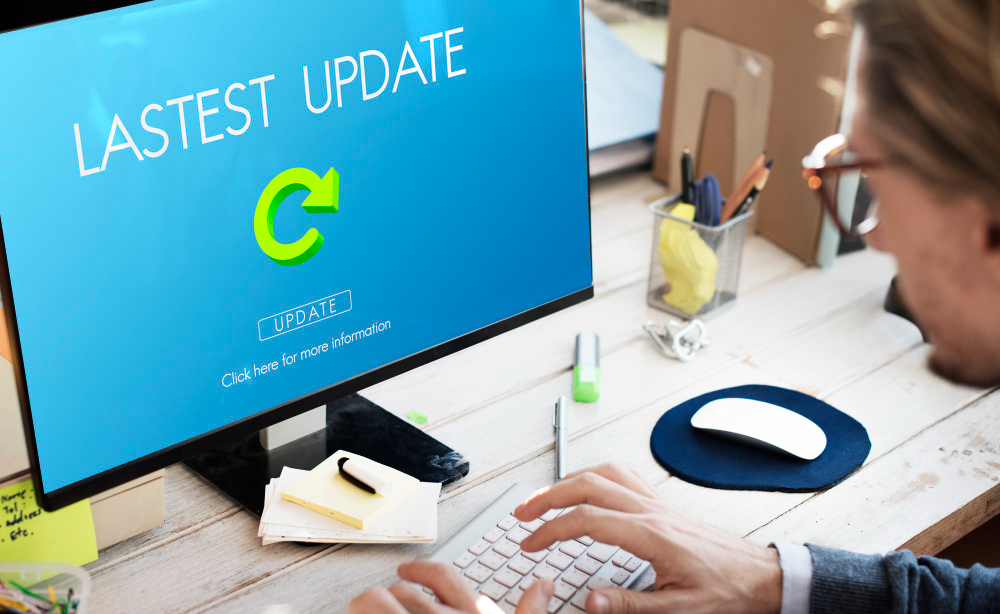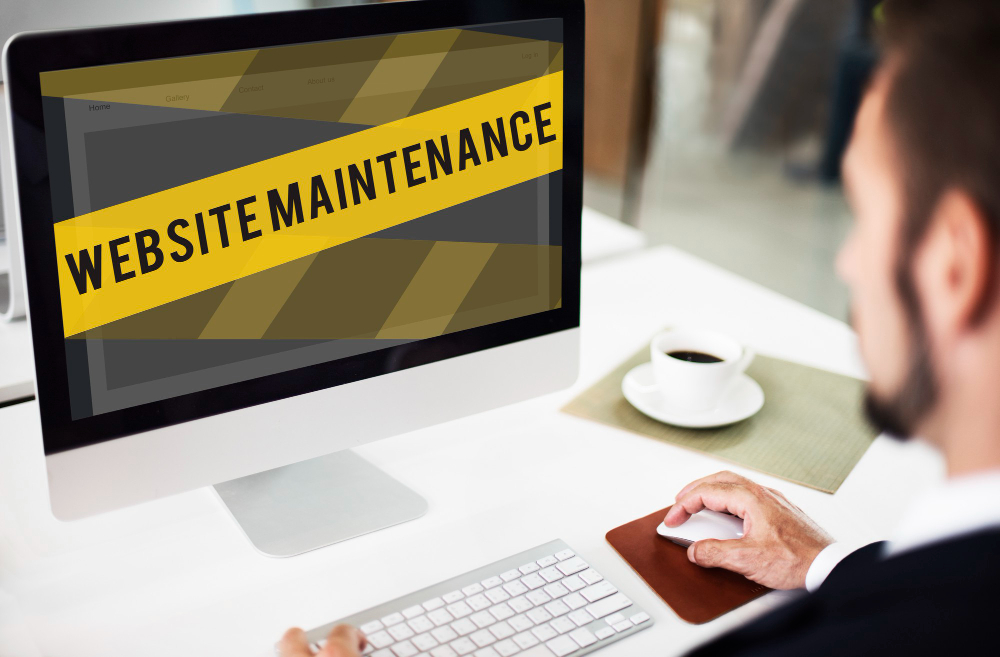The WordPress platform currently powers a large percentage of all websites and is projected to continue growing. It suffers attacks and breakdowns like any groundbreaking technology as a highly-used website platform.
While we do our best to prevent errors with thorough testing and cross-browser strategies, disasters do still happen. For that reason, you must have a WordPress maintenance mode.
A maintenance mode is a screen that lets users know the website is either down for scheduled or emergency repairs. It enables you to keep your website operational rather than having it unavailable to visitors.
Let’s explore the best practices for creating a beautiful maintenance mode for WordPress. Keep reading!
Contents of Post
Have a Solid Plan
If you’re going to take your WordPress site down for maintenance, you need to have a solid plan for why you’re doing it. This entails being fully aware of both the things that must be done and the deadlines for doing them.
It also means having a backup plan in case something goes wrong. Having a solid plan will help to ensure that your WordPress site is safe and secure and that it remains online during the maintenance period.

Give Your Visitors Advanced Notice
One of the best practices for WordPress maintenance mode is to notify your visitors in advance. This can be accomplished through a variety of techniques, including a website announcement, an email list, or social media.
By giving your visitors a heads up, you can avoid any confusion or frustration when maintenance mode is enabled. And it’s a good idea to let visitors know how long maintenance is expected to last.
This allows them to plan accordingly and know when to expect your site to be back up and running to avoid any inconvenience.
Use a Holding Page or Coming Soon Page

If you’re planning to take your WordPress site offline for maintenance, there are a few different ways to do it. One option is to use a holding page, which is essentially a simple page that tells visitors that the site is down for maintenance and will be back up soon.
Another option is to use a coming soon page, similar to a holding page but often includes a more detailed message and a countdown timer. Read about some of the best WordPress plugins for making coming soon pages.
Whichever method you choose, be sure to include a link to your contact information so visitors can get in touch if they need to.
Test, Test, Test

One of the best practices for WordPress maintenance mode is to test, test, and test again. This will ensure that your website is functioning properly and that all your plugins and themes are compatible.
Always be sure to test how your site will look in maintenance mode as well. Will all the features and functionality you need still be available? Will your users be able to find what they need?
Once you’ve made your changes and put your site into maintenance mode, be sure to keep an eye on it. Check in frequently to make sure everything is still functioning properly.
If you make any changes, be sure to test again to ensure that your site is still in good working order.
Keep Your Maintenance Mode Periods Short
If you are planning on using maintenance mode for your WordPress site, it is important to keep your maintenance mode periods short. Depending on the nature of your updates, you may only need maintenance mode for a few minutes or hours.
Keeping these periods short will limit the amount of disruption to your users and help you avoid any potential issues that could arise from extended downtime.
Ensure Regular Updates

Regular updates are the key to maintaining a secure and healthy WordPress site. Depending on the plugins and themes you have installed, as well as the size and complexity of your site, you may need to update WordPress more or less often.
However, if you can’t update as often as you’d like, you can still take advantage of WordPress’s auto-update feature.
Keep Backups
When your WordPress site is in maintenance mode, it is important to keep backups in case something goes wrong. You may automate this procedure with the aid of several plugins, but it’s equally crucial to manually create backups.

You can use a plugin like Backup Buddy or Vault Press to help you with this. Remember to always keep your backups in a safe place, like an offsite location or a cloud storage service.
Monitor Activity
Monitoring activity on the site is one of the best practices for WordPress maintenance mode. This can be done via the WordPress admin dashboard or by using a third-party service such as Google Analytics.
Monitoring activity will also help you to identify any potential issues that may arise and will also give you an idea of how much traffic the site is receiving.
Take Advantage of Plugins
If you decide to use a plugin, make sure you choose the best WordPress plugins. There are a lot of plugins out there, and not all of them are created equal. Always read the documentation for the plugin thoroughly. It will help you avoid any potential problems.
Don’t forget to test the plugin on a staging site before you activate it on your live site. It is essential to make sure everything is functioning properly.
You also want to ensure that you do not make any WordPress website maintenance mistakes to avoid further issues and damage to your site.
Make sure to also put your website into maintenance mode before you make any changes to your website, such as changing the theme, plugins, or content.
Follow These Best Practices for WordPress Maintenance Mode Today
If you’re looking for the best way to maintain your WordPress site, then check out these tips on the best practices for WordPress maintenance mode. By following this guide, you can keep your site running smoothly and avoid any downtime.
So, what are you waiting for? Get started today!
Did you find this article helpful? Check out the rest of our blogs!

